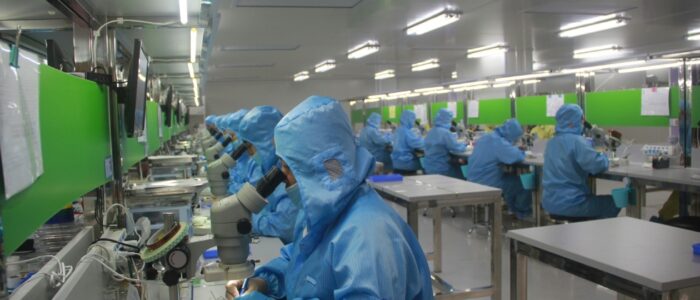In pharmaceutical manufacturing, safeguarding the integrity of medications isn’t just good practice — it’s a responsibility. Every pill, injection, or therapy must meet the highest quality standards to ensure patient health and safety. One of the quiet heroes behind this mission is environmental monitoring, a process that quietly, but powerfully, keeps contamination risks in check. Let’s dive into why this behind-the-scenes practice is absolutely essential for pharmaceutical success.
Understanding Environmental Contamination
Contamination in pharmaceutical facilities can sneak in from countless sources — from the air we breathe to the equipment we touch. Microbes like bacteria, fungi, and viruses, along with pesky particles, can spell disaster for drug safety if left unchecked. These contaminants hitch rides through ventilation, water supplies, surfaces, and even personnel. Environmental monitoring acts like a vigilant guard, constantly checking and managing these risks before they have a chance to impact product quality or patient health.
Why Environmental Monitoring Matters
Environmental monitoring isn’t just a regulatory checkbox; it’s a frontline defense for maintaining product quality and minimizing risks. Regular monitoring of air, surfaces, and water allows early detection of contamination threats. With a proactive approach, manufacturers can swiftly correct issues before they spiral into bigger problems. It’s not just about avoiding recalls — it’s about ensuring that every patient gets a product they can trust.
Meeting Regulatory Demands
Global regulatory bodies like the FDA and EMA don’t just suggest environmental monitoring — they mandate it. Updated guidelines like EU GMP Annex 1 emphasize it even more, underlining its role in maintaining product safety and compliance. Integrating rigorous monitoring into the contamination control strategy helps companies stay ahead of regulatory expectations and reinforces their commitment to excellence.
Boosting Process Optimization
Monitoring environmental conditions doesn’t just catch problems — it helps optimize how facilities operate. By analyzing environmental data trends, manufacturers can spot areas for improvement, tweak processes, and fine-tune cleanroom designs and workflows. Over time, this not only minimizes contamination risks but also boosts productivity and efficiency across the board.
Key Components of Effective Environmental Monitoring
Smart Site Selection
Choosing where to monitor is all about being strategic. Facilities must focus on high-risk zones and critical control points, using historical data to target areas most prone to contamination. This focused approach ensures resources are used wisely and risks are minimized.
Picking the Right Monitoring Methods
There’s no one-size-fits-all method for monitoring. Depending on the facility’s needs, methods like air sampling, surface swabbing, or water testing come into play. The key is selecting techniques that align with the type of contaminants being monitored and the facility’s unique design and processes.
Setting Sensible Alert and Action Limits
Establishing clear thresholds is crucial for quick responses. Alert limits give an early warning that something might be off, while action limits demand immediate intervention. Defining these boundaries carefully — backed by risk assessments — ensures quick, effective action when needed.
Managing and Analyzing Data
Collecting environmental data is one thing — making sense of it is another. Effective data management, from real-time logging to trend analysis, is essential. By spotting patterns and anomalies early, companies can make smarter, faster decisions that keep contamination risks under control.
Training the Team
Even the best environmental monitoring plan can fall flat without a well-trained team. Personnel must be skilled in sampling techniques, aseptic practices, data interpretation, and more. Regular training ensures the team stays sharp, confident, and compliant with regulatory standards.
Conclusion
Environmental monitoring may operate behind the scenes, but its impact on pharmaceutical manufacturing is front and center. By detecting risks early, optimizing processes, and meeting regulatory demands, environmental monitoring fortifies a company’s commitment to patient safety and product excellence. Investing in a strong, tech-savvy monitoring program isn’t just wise — it’s essential for building lasting trust with regulators, stakeholders, and the people who depend on these life-saving treatments.
Tags:
Business DevelopmentEnterprise SolutionsIndustry InsightsStrategic AlliancesAuthor - Aishwarya Wagle
Aishwarya is an avid literature enthusiast and a content writer. She thrives on creating value for writing and is passionate about helping her organization grow creatively.
